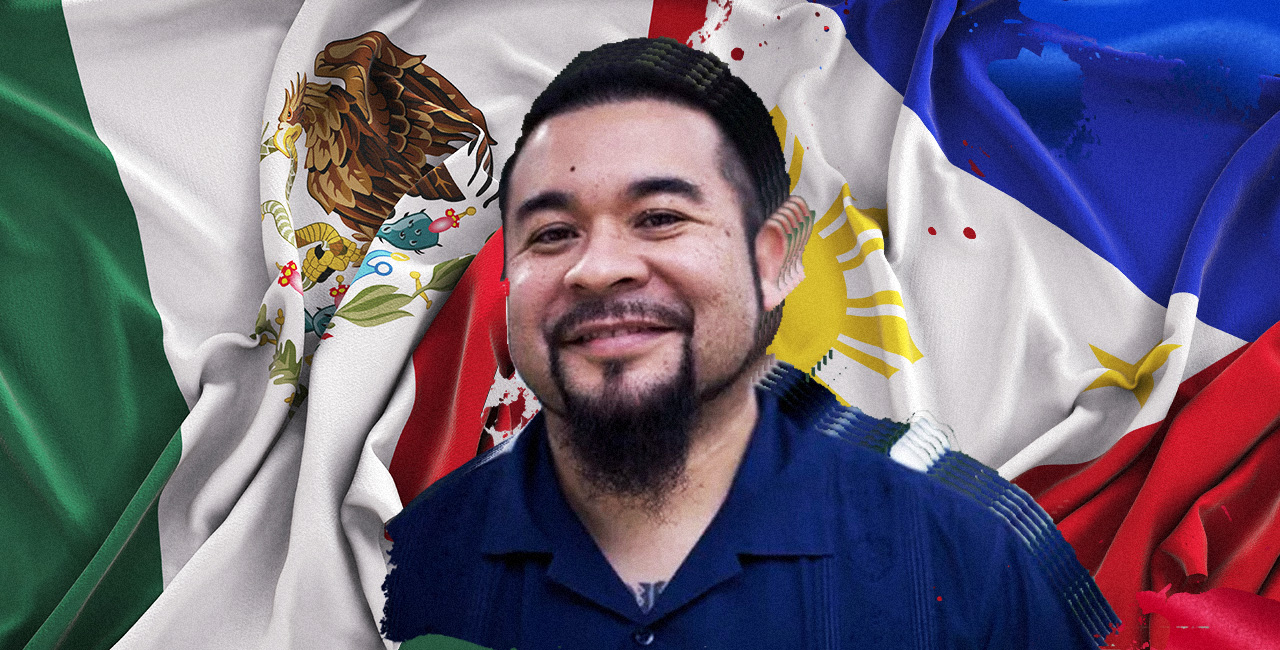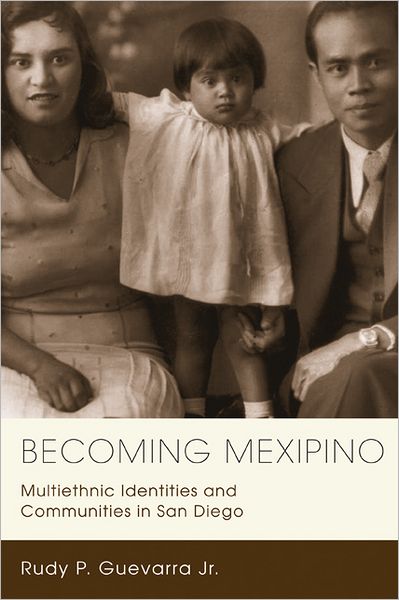Mexipino: A History of Multiethnic Identity and the Formation of the Mexican and Filipino Communities of San Diego, 1900-1965
(From T-RACES: a Testbed for the Redlining Archives of California’s Exclusionary Spaces)
University of California, Santa Barbara
June 2007
488 pages
Rudy P. Guevarra, Jr., Assistant Professor, Asian Pacific American Studies, School of Social Transformation, College of Liberal Arts and Sciences
Arizona State University
A Dissertation submitted in partial satisfactions of the requirements for the degree Doctor of Philosophy in History
This dissertation examines how a Mexipino identity was forged through the historical interactions of Mexicans and Filipinos in San Diego, California during the years 1900 to 1965. It traces their initial interactions in the sixteenth through nineteenth centuries under Spanish colonialism and the Acapuclo-Manila Galleon trade. This laid the foundations for early cultural exchanges. During the twentieth century, San Diego’s rising industries of agriculture, fish canning, construction, service oriented and defense related work, necessitated the need for cheap labor. Mexicans and Filipinos came in to fill that void.
Central to this study is how race and class were key components in the establishments of the Mexican and Filipino communities. Through racially restrictive covenants and other forms of discrimination, both groups were confined to segregated living spaces along with other racial and ethnic minorities. Within these spaces they built a world of their own through family and kin networks, social organizations, music, and other forms of entertainment. As laborers, race and gender were also central factors to their marginalization in the workforce. Their exploitation fueled their militancy. Both Mexicans and Filipinos formed labor unions, and often in coalition fought their employers for higher wages and better working conditions.
All of these historical conditions fostered the interrelationships between Mexicans and Filipinos. Given their shared historical past and cultural similarities these unions were highly successful. Their children, who I define as Mexipinos and Mexipinas, are the result of this long historical connection and the experiences that they collectively shared as community members, workers, and lovers. Mexipino children have also contributed to San Diego’s multiracial and multiethnic communities by living in two cultures, and in the process, forging a new identity for themselves. Their lives are the lens by which we see these two communities and the ways in which they interacted over generations to produce this distinct multiethnic experience.
Table of Contents
Acknowledgements
Vita
Abstract
List of Tables
Introduction
Chapter 1: Historical Antecedents
Chapter 2: Immigration to a Rising Metropolis
Chapter 3: The Devil Comes to San Diego: Race, Space and the Formation of Multiracial and Multiethnic Communities
Chapter 4: Race, Gender and Labor Activism in San Diego
Chapter 5: Filipino-Mexican Couples and the Forging of a Mexipino Identity
Epilogue
Bibliography
List of Tables
Table 1 Estimated Number of Foreign Born White Mexicans in California Counties as of 1930
Table 2 Total Mexican Population in San Diego, 1900-1970
Table 3 Filipino Population Statistics
Table 4 Comparing the Mexican and Filipino Population in the United States,1925-1929
Table 5 Churches with Large Mexican, Filipino, and Other Nonwhite Parishioners


